I started building scale models as a boy in the mid 1970s. It was a fairly common pastime back then. Demand for injection molded plastic kits was robust enough that you could find them everywhere from department stores to your local 7-Eleven. For discriminating collectors the best place to buy models was a specialized hobby shop. Prices there were usually higher, but the selection was better. In a really good shop, the manager knew the craft well enough to give useful tips on assembly, painting, and detailing techniques.
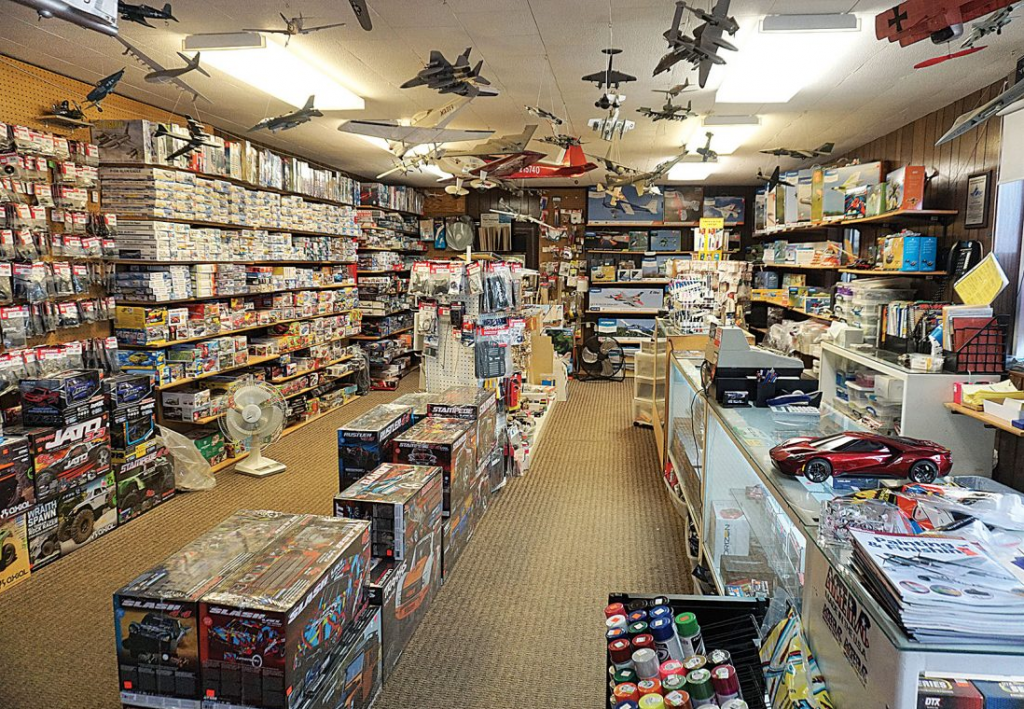
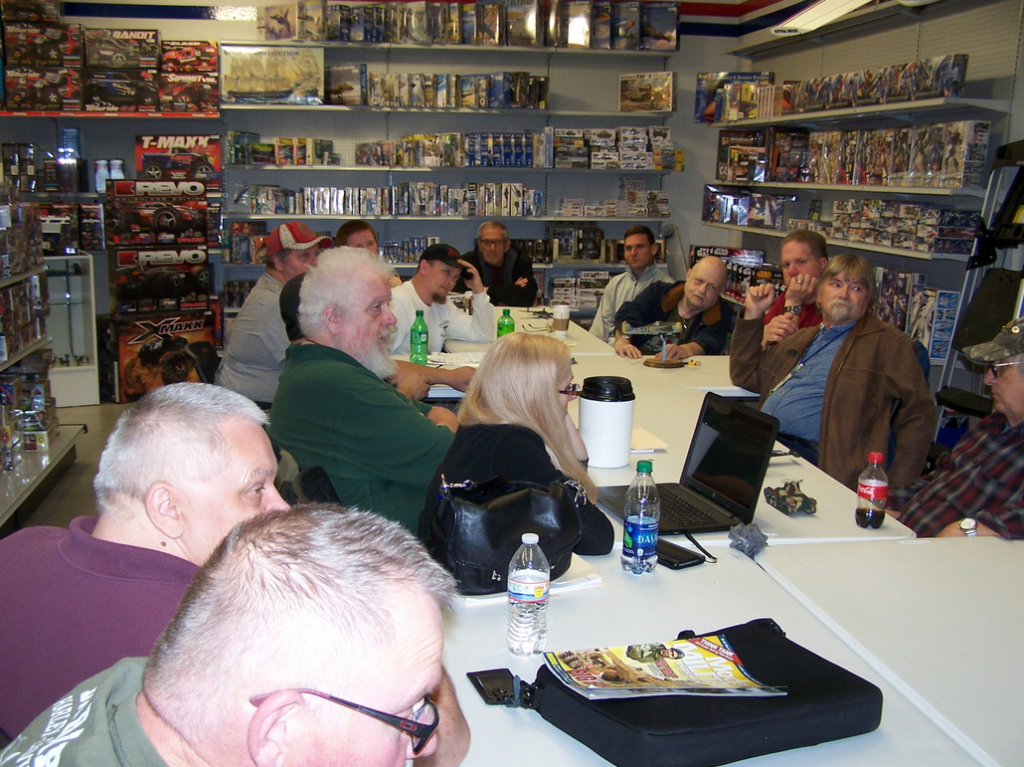
The popularity of scale modeling has declined steeply since those days. Kits have all but vanished from department stores, and the small hobby shops specializing in them are an endangered species. The growth and ubiquity of computer gaming accounts for most of this, but rising prices have also played a part. Boomers and Gen Xers comprise the great majority of the customer base. The demographic trend is clear: the hobby, at least as these older generations have known it, looks certain to fade away with them.
While the hobby yet lives, I’ve taken it up again after a 10 year hiatus. The subject is a 1/72 scale Me 410. Working on this little “Hornet” in the evenings, I reflect on the present state of scale modelling, its particular rewards and demands, and its value, both aesthetic and practical.
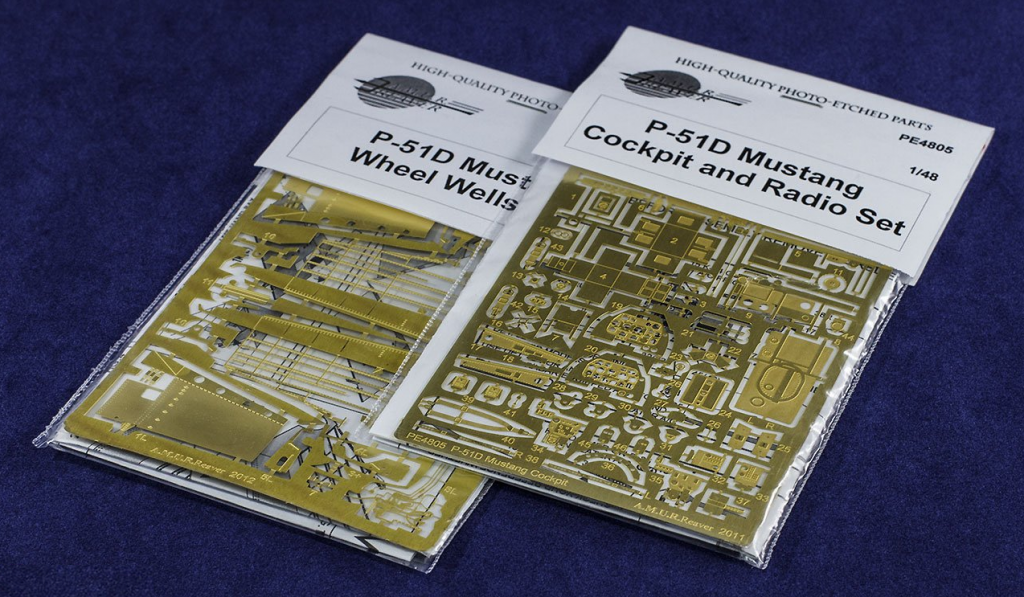
Scale modeling may have dwindled to a minor pastime, but it has improved dramatically in some ways, thanks to advancing technology: Better tooled kits, aftermarket resin and photo-etched metal parts, laser printers and special paper for printing custom decals, and most recently 3D printing, which enables the hobbyist to create new parts or replace poorly molded or broken ones. Internet resources are considerable, not just for online purchase of the models themselves, but also for supplies, customer reviews, and how-to videos. Videos have real caveat emptor value: you can see how a kit will come together before deciding whether to buy it. In these respects it is a far better hobby than it used to be. And the ranges in price, subject, and scale remain broad enough to keep things from becoming more expensive and elaborate than your budget and display space will permit.
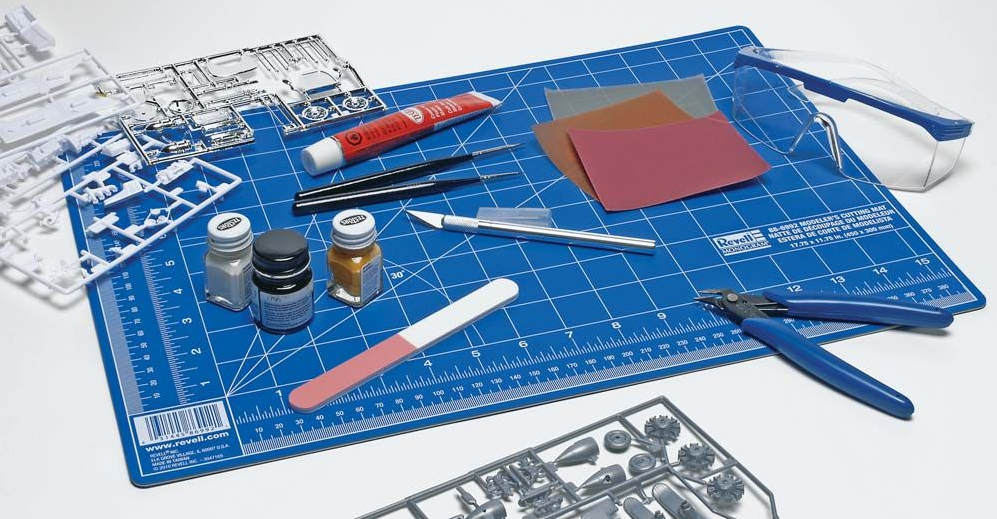
This is a mentally and (somewhat) physically challenging hobby. Assembling, painting, and detailing models trains the eye in observation, the fingers in deftness, the mind in analysis and planning. Research deepens one’s understanding of the history of the real person or object the miniature represents. The precision skills you acquire are readily applicable to other crafts: architectural models, museum dioramas, practical effects in film making. There is opportunity for fellowship and mentoring if one joins a club (e.g., a local chapter of the International Plastic Modellers’ Society).
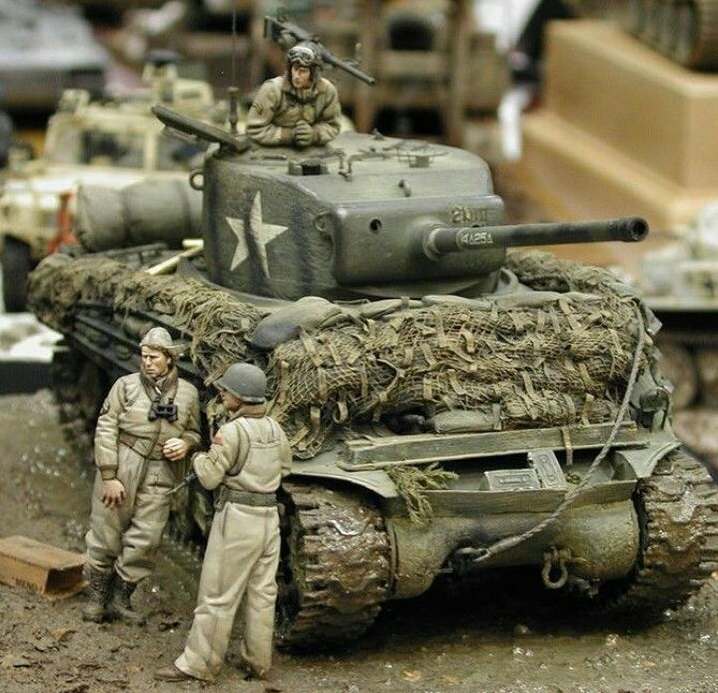
The hobby requires patience and self-discipline, to say nothing of inventiveness and improvisation when things go wrong in assembly, or when the best materials and tools aren’t available. Becoming better at modelling requires taking calculated risks. For example, when you’re learning to simulate weathering, rust, oil stains, exhaust streaks, or battle damage, improper execution can mar the paint job or the model itself. Like any venturing beyond one’s comfort zone, this improves confidence and motivates you towards further growth.
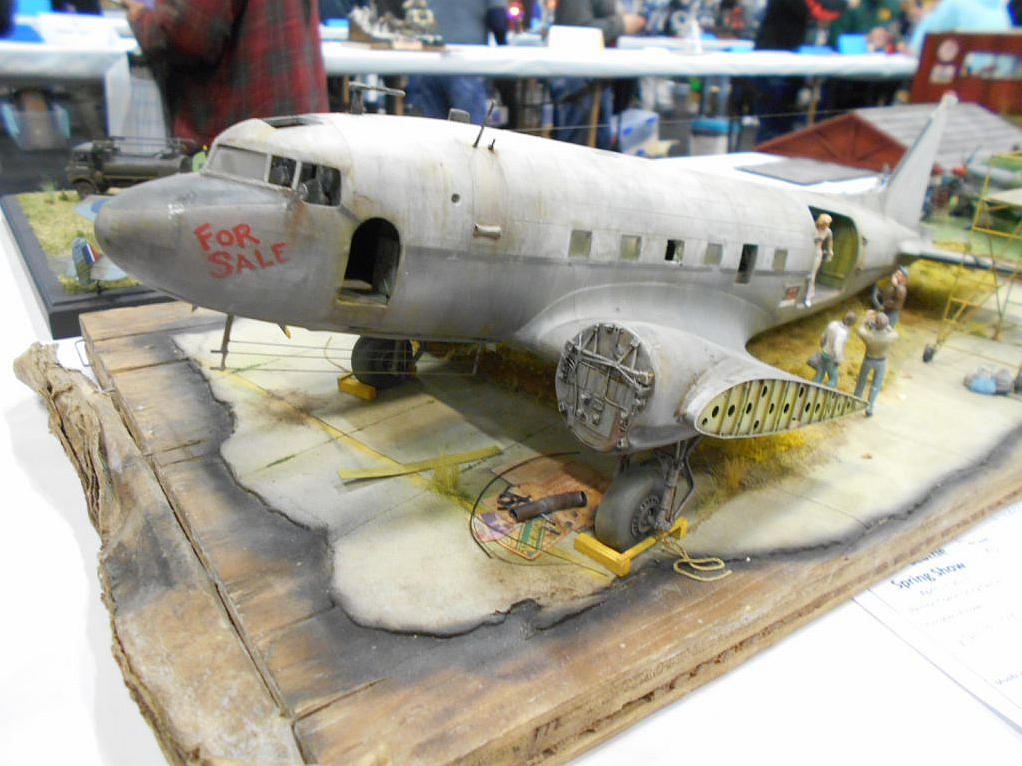
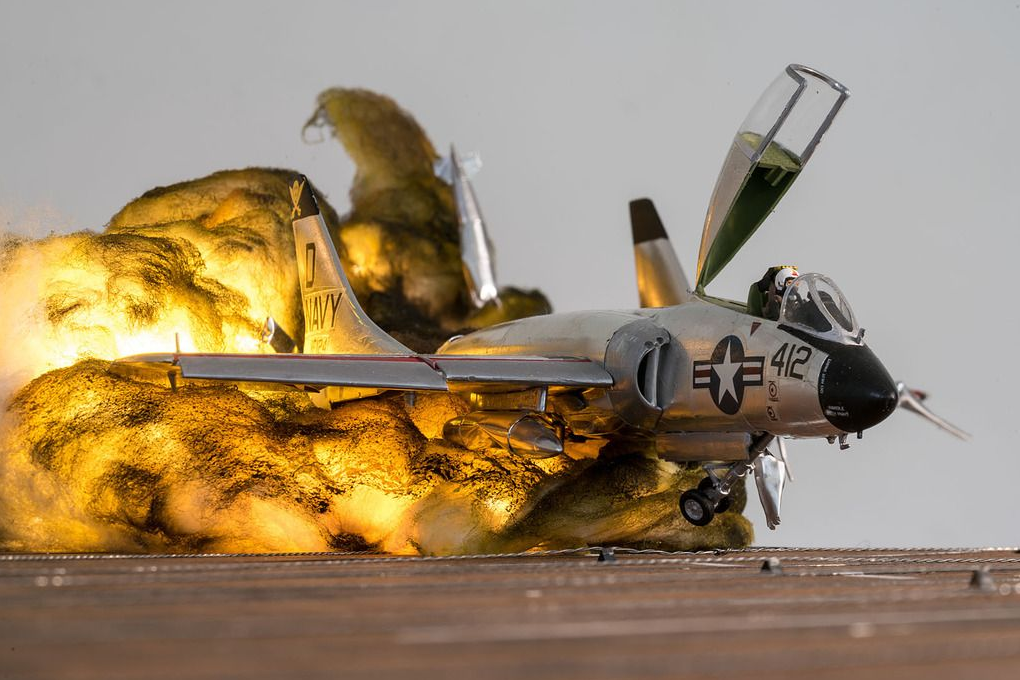
Finally, this is a hobby that preserves and promotes Western civilization. Models, correctly done, are fine conversation pieces and fit decoration for a study or game room. They can be a form of visual storytelling, particularly as dioramas. They stimulate the imagination. They attract the curiosity of children, especially boys, providing teachable moments for imparting knowledge and virtue (“Your great-grandfather flew one of these.”) They are private memorials, safe from the vandalism and destruction to which our public monuments are now subject.
Such are my loftier musings as I set to work with glue, knife, putty, and sandpaper, squinting at the unfolded instruction sheet before taking the next step in the process. With luck, I’ll have a small piece of history sitting on the shelf several weeks from now.
_______________________________________
Update: Here is excellent video giving the history of the three biggest American plastic scale model companies:

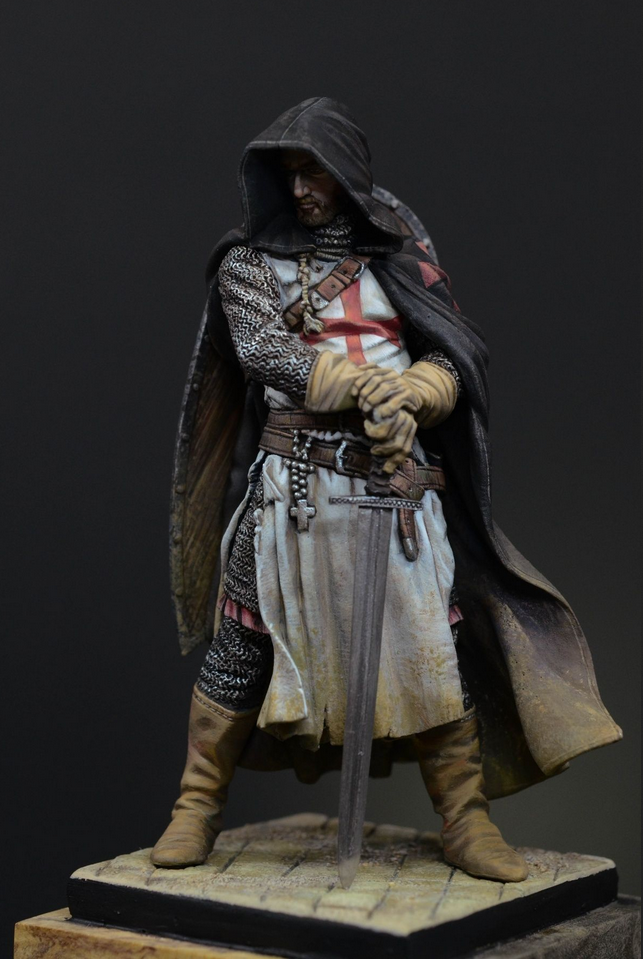

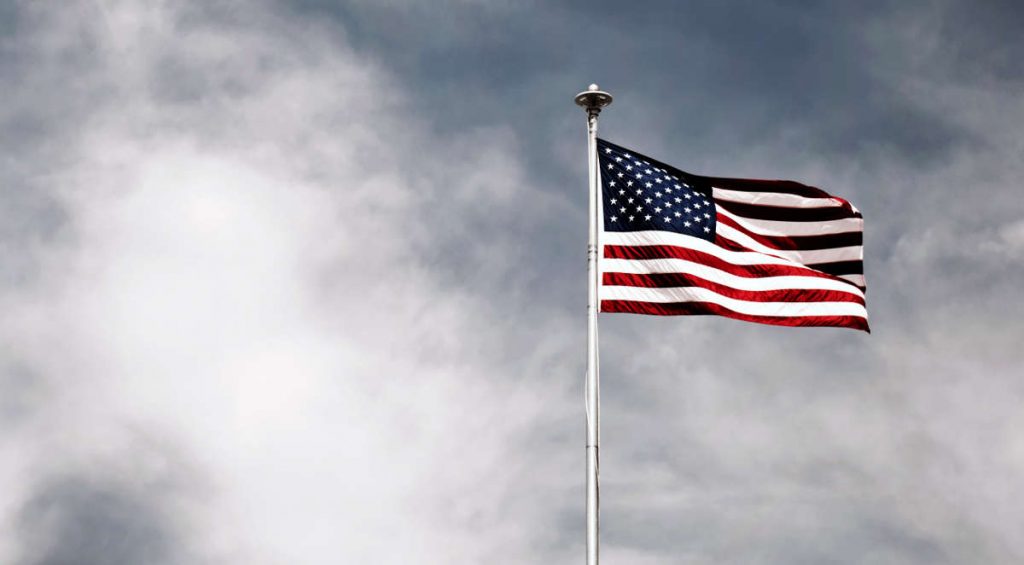
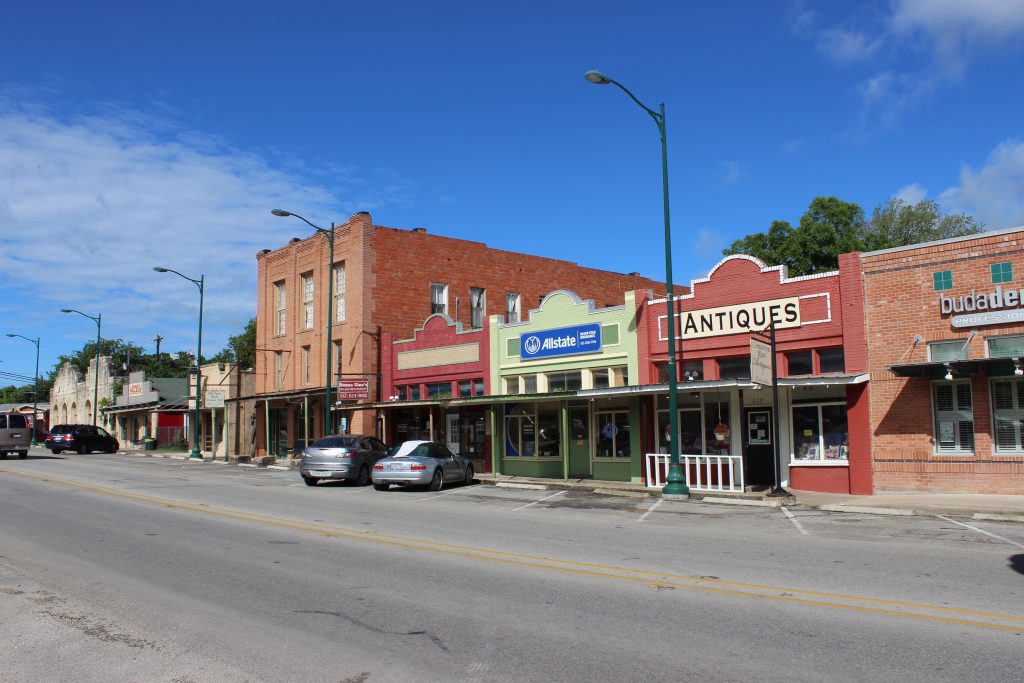
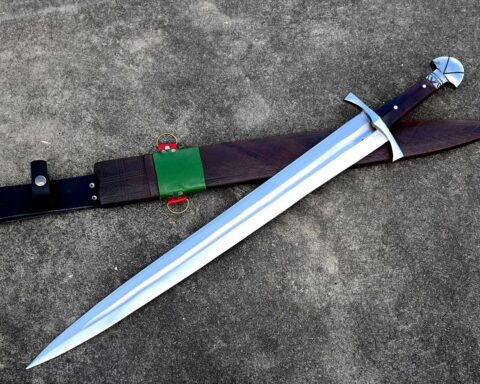
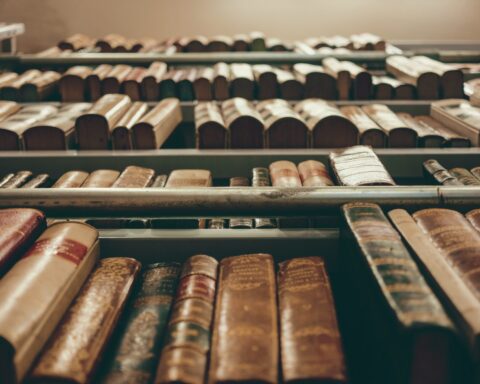
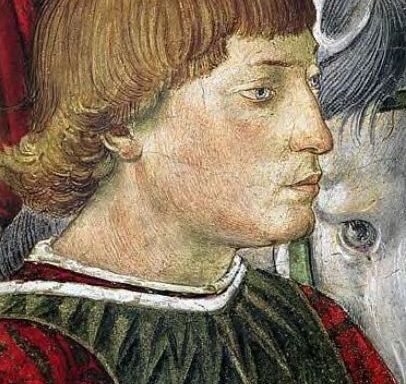
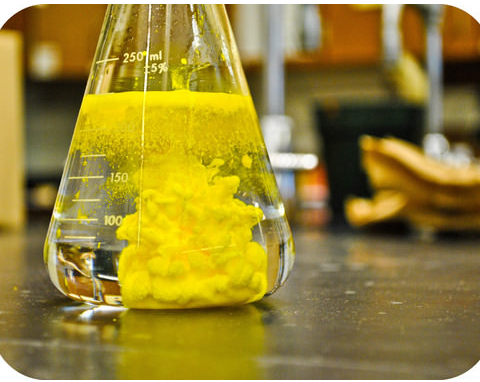
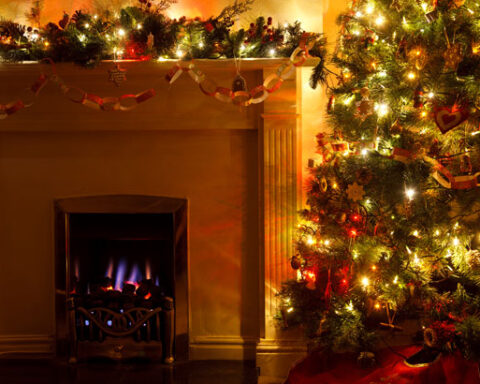
Many of the younger folks are painting Wargaming military, space and fantasy figures, but those have little to no assembly (My oldest Son). The Gundam Wing Japanese cartoon series kits seem to have decent following as well (My youngest Son). So, it’s not dead yet.
Assembly from separately molded parts is just one way of arriving at a finished model, so no question, hand-painted figures are part of the hobby. There’s a certain threshold of craftsmanship below which something ceases to be a product of scale modeling. This, for example:
https://www.amazon.com/Testors-B-29-Superfortress-Aircraft-Model/dp/B002US5UA0
There is so little work to do on this kit that it’s really just a high quality toy airplane, marketed as a juvenile introduction to one of the basic skills that real modellers use.
Yes, and model railroading still seems to be going pretty well, judging by the number of podcasts, you tube shows, Reddit, etc. There’s a lot out there. That first picture of the hobby shop, as a kid Valhalla! There are certainly less hobby shops now, I think a lot of the trade it’s now online. Cheaper to have a web site for a store, then a real one I guess.
Model railroading is a hobby unto itself, with its own clubs and shows, but absolutely it’s a form of scale modelling once the enthusiast begins crafting buildings, terrain, figures, etc.
The advent of web commerce pretty much spelled the doom of old time hobby shops. Only one remains in my city (there were several when I moved here in 2001), and even it must sell online to survive.
I do some model building as part of my extremely modest (and not very well done) HO railroad modeling. There is a serious feeling of success when you get it right. That feeling of success arises out of the counterpoint to how bad one feels when a slip, or failure to carefully follow the instructions, results in a foul-up that nearly wrecks 20+ hours and $35.
Even though I’m terrible at it, I’m still going to try a putting together a scratch-build water tower, coaling tower and even a custom-made model of “Mary-Ann” the steam shovel from the Mike Mulligan story from the extraordinary Virginia Lee Burton (if you have a son, 2-8, and don’t have any of her books, you have done a disservice to your boy).
BTW…
Does anyone know if there are models of Generals Lee, Forrest, Grant, Patton or any of the other great men who shaped this nation in positive way?
Maybe real Americans can preserve some of history in a small way with some ABS plastic and testor’s model cement.
Here are some Patton figurines in different scales:
https://www.shapeways.com/marketplace/miniatures/figurines?tag=patton
Thank you!
Thanks for this breath of fresh air, which brought back a lot of fond memories. It’s been a while, but I used to have a lot of fun making scale model planes and then RC cars and planes.
I’ve had good luck with Tower Hobbies over the years – now I’m tempted to look at what they have for plane kits again!
Toys R Us stopped selling them back in the mid to late nineties.